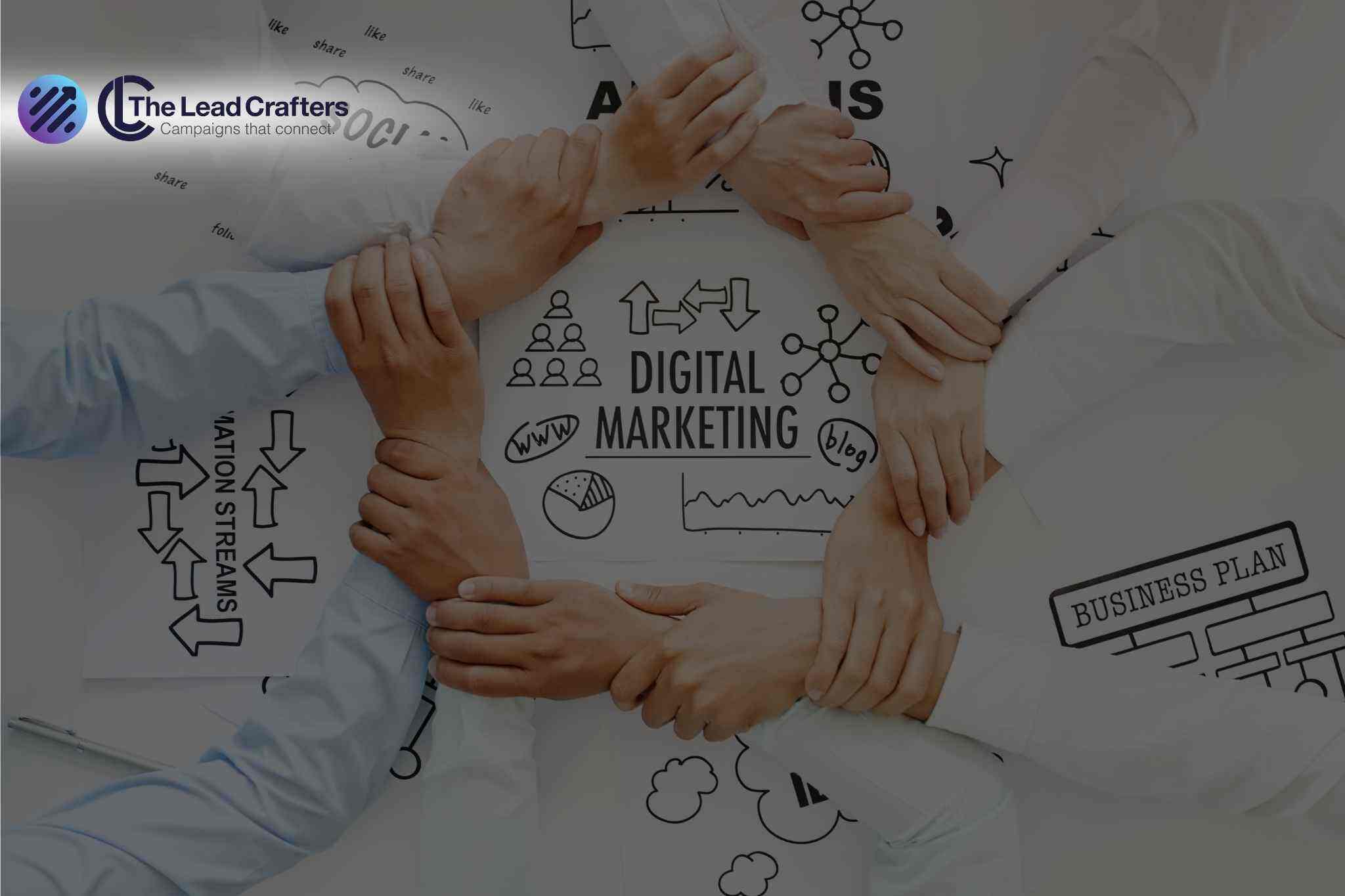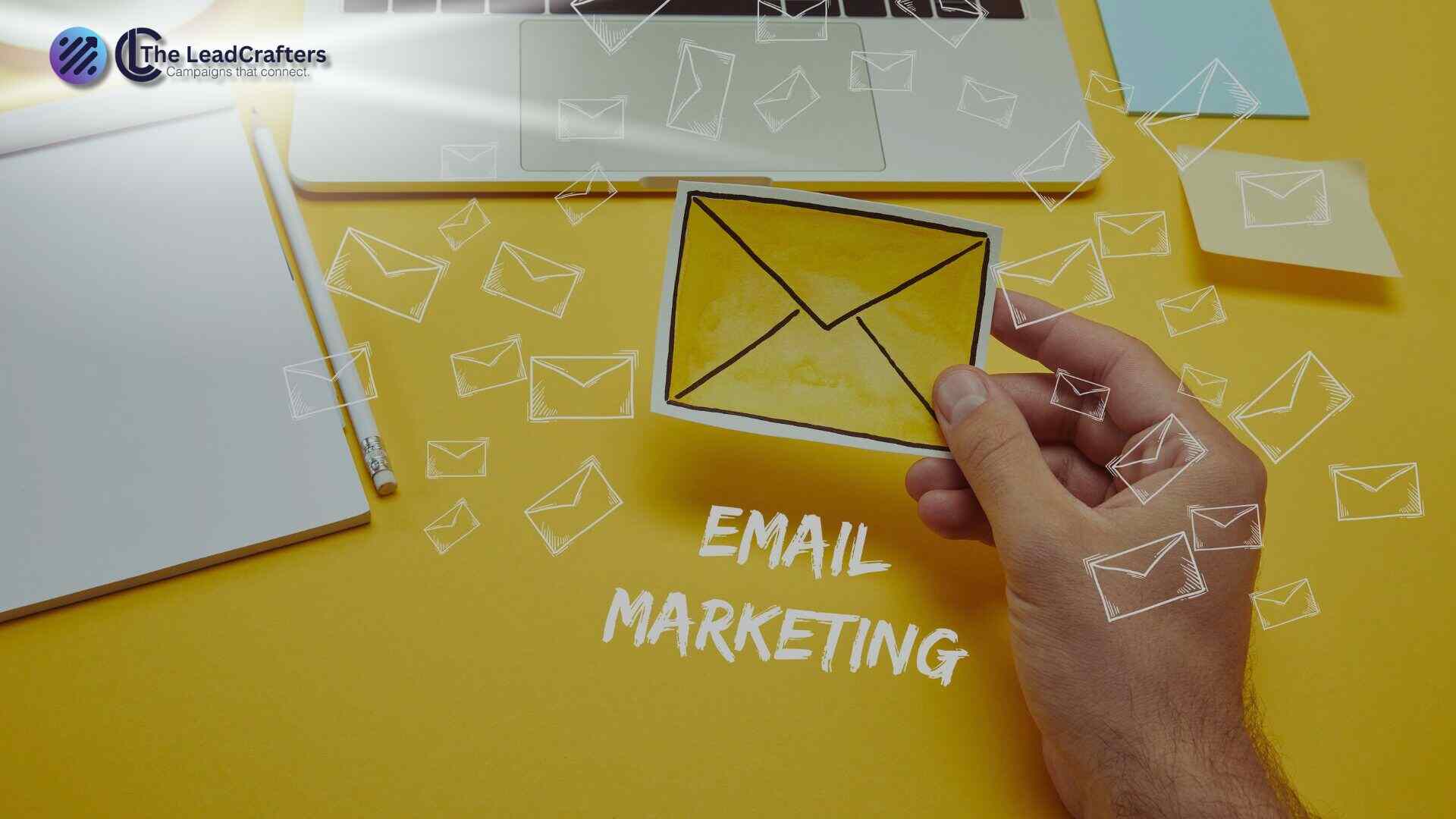Digital marketing is now necessary rather than optional. Digital marketing gives businesses of all sizes the means to engage with consumers, establish their brands, and spur expansion in a cutthroat industry.
Everything you need to know about digital marketing is broken down in this tutorial, including its types, fundamental ideas, and effective strategy implementation.
What is digital marketing?
Digital marketing is the practice of promoting items through digital platforms in order to increase brand recognition, increase traffic, and achieve marketing objectives. Digital marketing uses the internet to link brands with potential consumers and promote them. It comes in a variety of forms, such as
- Search engines
- Websites
- Social media
- Mobile apps
- Text messaging
- Web-based advertising
The same concepts that underpin traditional offline marketing also apply to digital marketing. To identify a company’s target market and provide the most pertinent messaging, it uses customer data.
The model of your business determines how it uses digital marketing. Businesses that sell to other businesses (B2B) need to take a lengthier, more calculated approach. Businesses that sell directly to consumers (B2C) need to reach a wider audience and have faster sales cycles.
The difference between B2B and B2C digital marketing.
- While B2C decisions usually include just one person, B2B decisions require numerous persons.
- Building relationships should be the main goal of digital marketing since B2B clients typically take longer to make decisions.
- Short-term, urgent communication is necessary because the B2C purchasing process is typically shorter.
- Whereas B2C transactions are more motivated by emotion, B2B transactions are more motivated by rationality.
Thankfully, both strategies can benefit from digital marketing. Digital marketing will assist you in streamlining the marketing process for outcomes, regardless of whether you are targeting consumers or businesses.
The benefits of digital marketing.
Digital marketing may assist you in understanding your customers and their problems and providing metrics that will lend credibility to your marketing team, regardless of whether your business is B2B or B2C. Advantages consist of
Reach a large demographic.
With less work, you may reach a larger consumer base with digital marketing. Anybody, wherever they may be, can see an advertisement you place online. You can easily communicate with clients that live in different time zones and on the other side of the globe.
Cost efficiency.
Generally speaking, digital marketing channels are less expensive than traditional ones like print, TV, and radio. Other than the time you spend crafting the material, social media posting and blog creation are free.
Results are measurable.
There are many analytics options with digital marketing that traditional marketing simply cannot match. Numerous conversions and leads, website visits, and much more can be tracked, providing you with a wealth of insightful data to support business growth.
Easier personalization for customers.
During a digital marketing campaign, firms naturally discover a lot about their potential clients because it demands so much data. It has never been simpler to customize your marketing initiatives because of this data. For instance, you can divide up your clientele into groups according to their demographics and tailor your messaging to each group.
Opportunity to engage with customers of various stages.
You can interact with consumers at various stages of the purchasing process by using digital marketing. For instance, after a lead has made a purchase, you can follow up with them with a paid advertising campaign. Saying “thank you” or utilizing it as a chance to upsell with similar products or a subscription could suffice.
Conversions that are simple and convenient.
Digital marketing makes increasing conversions easy because of its cross-channel connectedness. With a few taps, customers can go from a social media site to your online store and complete their purchase.
synchronizes digital marketing initiatives with business goals.
Your digital marketing initiatives will meet and support your broader strategic objectives, including revenue growth, brand awareness, and customer retention, if your strategy is linked. Digital marketing allows you to measure key indicators across teams, focus on the best approaches for your business, and use data to enhance plans and set realistic marketing goals.
Digital marketing same as online marketing
Crucially, online or internet marketing is not the same as digital marketing. Instead, digital marketing is a subset of these categories. Let’s take a closer look at these terms.
Digital Marketing
Any digital medium, such as radio, television, and digital billboards, as well as any marketing strategies that involve a computer, tablet, or phone and the internet, are all included under the general phrase “digital marketing.” The more specialized area of online or internet marketing also includes marketing that needs the internet.
Internet marketing, or online marketing
Pay-per-click (PPC), social media, SEO, and email are all components of online or internet marketing, which is a subset of digital marketing. Internet marketing and online marketing are synonymous terms.
Challenges in digital marketing
Digital marketing has many advantages, but it also has challenges that you must overcome. Avoid being caught off guard by unforeseen obstacles by keeping the following in mind:
- Modifying Algorithms – Social media and Google regularly adjust their algorithms, which can have an impact on your exposure, paid advertising, and SEO.
- Data Privacy and Compliance – Businesses must handle client data carefully in order to comply with laws like the CCPA and GDPR.
- Competition – Due to the low barrier to entry, rivals can easily flood channels and lower exposure in digital marketing.
- ROI Measurement – Even while digital marketing provides analytics, it can still be difficult to link particular efforts to return on investment, especially for long-term plans.
- Customer Trust – It might be challenging to build trust when there is so much content available. To stand out, brands must provide value and consistency.
Businesses might modify their tactics and find proactive solutions to overcome barriers by comprehending these problems.



